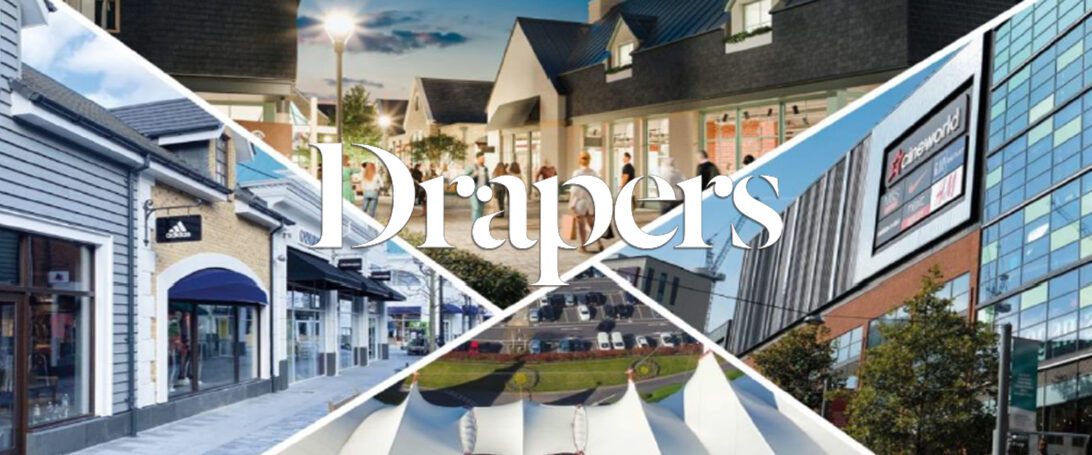Why outlets are in – designer discount centres outperform the high street
An article featured in Drapers by Megan Tatum 14th May 2024
The UK’s cost of living crisis has hit fashion retail hard – rising food and travel prices have eaten into household budgets, wages are creeping up, and clothing is one of the first categories cut as shoppers tighten their belts. As this environment bites, maIny retailers have reported reduced revenues and profits, and lowered their expectations for the coming months.
But there is an exception to the downward trend. While spend on the high street declined 7.6% year on year in the 12 weeks to 3 March 2024, Kantar reports, spending at outlet villages and factory outlet centres grew 4.2%. Outlets have gained 1 million shoppers over the last two years: 70.4 million people bought an item of clothing, footwear or accessories at an outlet village in the year to 3 March 2024.
Operators confiirm they have had a good year. In fact, Dan Mason, co-founder and managing director of outlet operator Realm, says some of its centres have had a “record year”. For example, Lakeside Village in Doncaster “has taken more money in this last year than in its entire 27-year history”, he tells Draipers, and London Designer·Outlet in north-west London achieved a ”record Black Friday, best-ever Christmas week and significant sales and footfall growth last year’
Brands have also invested in their stores, says Mason: “We’ve noticed that the quality and fit-out of clothing stores has really accelerated in recent years. The likes of Tommy Hilfiger, Calvin Klein and Hugo Boss are operating stores that are of an equivalent or better standard than those at a standard shopping centre or high street.”
As outlets attract a growing number of shoppers, retailers’ outlet product ranges are evolving, too, as stores are no longer solely used to sell off last season’s surplus stock. Although retailers are still often required by the terms of their lease to discount around 70% of the items sold in their outlet stores, growing numbers are using the channel to entice shoppers into full-price purchases.
The perception of value remains core to outlets’ success, however, and brands need to be careful about introducing stock that is not discounted, warns Mason: “It’s really important that we do maintain the brand proposition that it is an outlet and that customers will expect to get value when they come here. But a few full-price items (in the “single-digit percentages”) that complement the discount range, such as cosmetics, can work well, says Andrew Duncan, head of placemaking, marketing and communications at Realm.
Brands have also started to introduce “made for outlet” items – something operators say they need to approach carefully because of the potential for alienating customers hunting for real past season bargains.
Duncan says: “There are too many outlets now for them to exist solely on past-season stock. It’s just another channel that they are presenting to the world, and it’s a pipeline for new customers” that may otherwise have deemed a brand outside their price range. It’s important that made-for-outlet items are clearly marked, Mason says, either via labelling or placing them in a separate part of the store.
